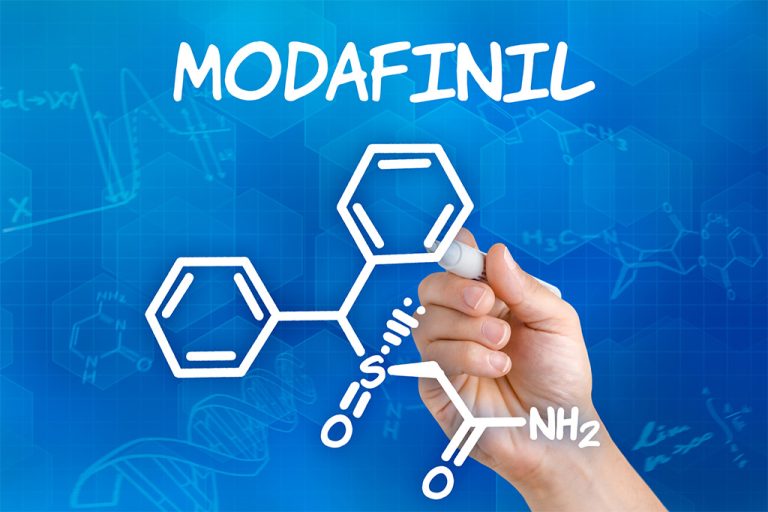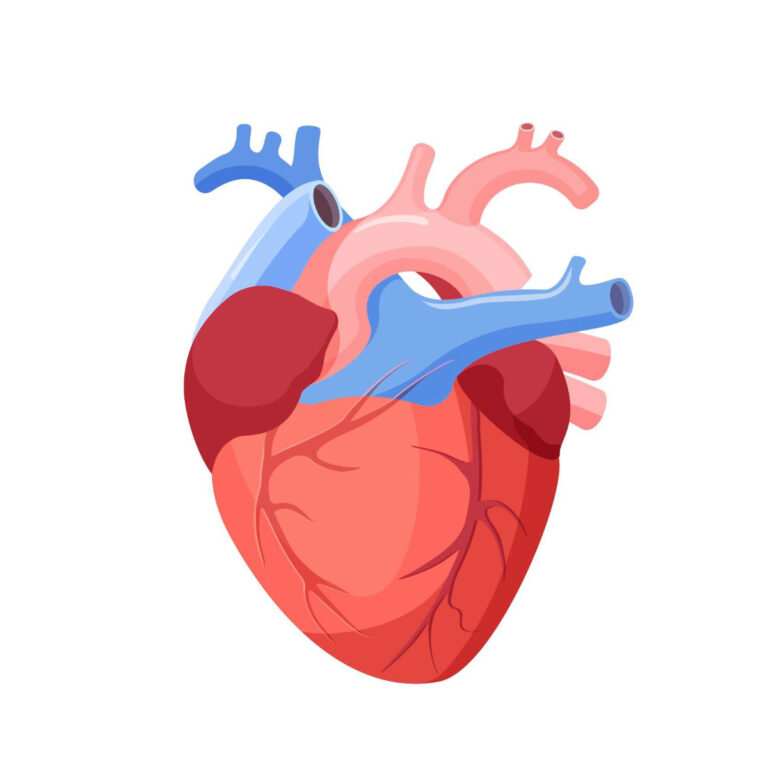Can Modafinil Cause Irregular Heartbeat in Healthy Individuals?
Modafinil is a wakefulness-promoting medication approved for narcolepsy, obstructive sleep apnea, and shift work disorder. Increasingly, it is also used off-label for cognitive enhancement by students and professionals. While often considered safer than traditional stimulants, modafinil has raised concerns about cardiovascular effects, including the possibility of irregular heartbeats in otherwise healthy individuals.
Mechanism of Action of Modafinil
Pharmacodynamics
Modafinil primarily works by inhibiting dopamine transporters and, to a lesser extent, norepinephrine transporters, leading to increased extracellular dopamine and norepinephrine in the brain (Greenblatt & Adams, 2023). It also influences histamine, orexin, glutamate, and GABA systems, which together promote wakefulness and alertness.
Comparison with Traditional Stimulants
Unlike amphetamines, modafinil has lower abuse potential and generally fewer cardiovascular side effects. However, its impact on the sympathetic nervous system means risks are not eliminated (Greenblatt & Adams, 2023).
Cardiovascular Effects of Modafinil
Commonly Reported Side Effects
According to FDA prescribing information, modafinil may cause tachycardia, palpitations, chest pain, and hypertension in some patients (FDA, 2015). In clinical studies, adverse events were usually mild but warrant monitoring.
Evidence from Healthy Volunteers
A randomized controlled study in 12 healthy adults found that a single 400 mg dose of modafinil increased heart rate by about 9 beats per minute and significantly elevated both systolic and diastolic blood pressure. It also boosted norepinephrine and epinephrine excretion, demonstrating sympathomedullary activation (Taneja et al., 2005). These findings show that even in healthy individuals, modafinil alters cardiovascular regulation.
Case Reports Linking Modafinil to Arrhythmias
One well-documented case involved a 23-year-old woman who developed recurrent palpitations after taking modafinil for academic performance. Her ECG revealed sinus rhythm with right bundle branch block, and a 24-hour ambulatory ECG detected 11 episodes of non-sustained ventricular tachycardia. After discontinuing modafinil, her rhythm returned to normal and symptoms resolved (Mutlu et al., 2022).
This case illustrates that while rare, serious arrhythmic events can occur even in healthy people without structural heart disease.
Population-Level Studies
A large retrospective study analyzed over 175,000 patients across three U.S. healthcare claims databases. The results showed no increased risk of myocardial infarction or overall cardiovascular hospitalization among modafinil users compared with nonusers. However, an elevated risk of stroke was observed in patients with obstructive sleep apnea who had a prior history of stroke (Kaplan et al., 2018).
These findings suggest that while widespread cardiovascular risk is not evident, certain subgroups may face higher vulnerability.
Risk Factors and Predisposing Conditions
- Pre-existing cardiovascular disease: The FDA warns against use in patients with left ventricular hypertrophy or those with a history of stimulant-induced mitral valve prolapse syndrome (FDA, 2015).
- High doses or misuse: Risks of hypertension, tachycardia, and arrhythmia increase with excessive or off-label use (Mutlu et al., 2022).
- Individual susceptibility: Genetic or metabolic differences may influence how the heart responds to modafinil.
Clinical Implications and Recommendations
Monitoring Cardiac Function
While routine ECG screening is not required for all patients in the U.S., monitoring of heart rate and blood pressure is advised (FDA, 2015). Some countries recommend baseline ECGs prior to prescribing modafinil.
Patient and Provider Awareness
Patients should be educated about potential cardiovascular symptoms such as palpitations, dizziness, and chest discomfort. Healthcare providers should maintain vigilance, especially in those using modafinil off-label or at high doses.
Conclusion
Modafinil is generally well tolerated and widely prescribed for sleep-related disorders. However, evidence from clinical trials, case reports, and regulatory data confirms that it can increase heart rate and blood pressure, and in rare cases, trigger arrhythmias even in healthy individuals.
While population studies suggest no broad increase in cardiovascular events, clinicians and patients should remain cautious, especially in those with underlying cardiovascular disease or who use the drug improperly. Monitoring, awareness, and responsible prescribing are essential to minimizing risk.
References
- U.S. Food and Drug Administration. (2015). PROVIGIL® (modafinil) tablets, for oral use, C-IV [Prescribing information]. U.S. Department of Health and Human Services. https://www.accessdata.fda.gov/drugsatfda_docs/label/2015/020717s037s038lbl.pdf
- Greenblatt, K., & Adams, N. (2023). Modafinil. In StatPearls. StatPearls Publishing. https://www.ncbi.nlm.nih.gov/books/NBK531476/
- Taneja, I., Diedrich, A., Black, B. K., Byrne, D. W., Paranjape, S. Y., & Robertson, D. (2005). Modafinil elicits sympathomedullary activation. Hypertension, 45(4), 612–618. https://doi.org/10.1161/01.HYP.0000158267.66763.63
- Mutlu, D., Kültürsay, B., & Karagöz, A. (2022). Modafinil-induced ventricular arrhythmia: A case report. Turkish Journal of Cardiology Archives, 50(1), 79–82. https://doi.org/10.5543/tkda.2022.21084
- Kaplan, S., Goehring, E. L., Jr., Melamed-Gal, S., Nguyen-Khoa, B. A., Knebel, H., & Jones, J. K. (2018). Modafinil and the risk of cardiovascular events: Findings from three US claims databases. Pharmacoepidemiology and Drug Safety, 27(11), 1182–1190. https://doi.org/10.1002/pds.4642








